How do we ensure that students with autism are included in both the class education and community?
At Creative School, we have, during the planning of art classes, formulated a methodology which focuses on the integration of students with autism.
Attitudes, strengths and difficulties
We examine the students’ attitudes, strengths and difficulties in the subject of visual culture (art). We build on their strengths, but consider individual differences when planning tasks.
Example: For a student with autism, who has difficulties with the fine motor skills, we modify the size: he always get a big canvas, big paper, a thick brush for the creation to offset his difficulties and give him a sense of success.
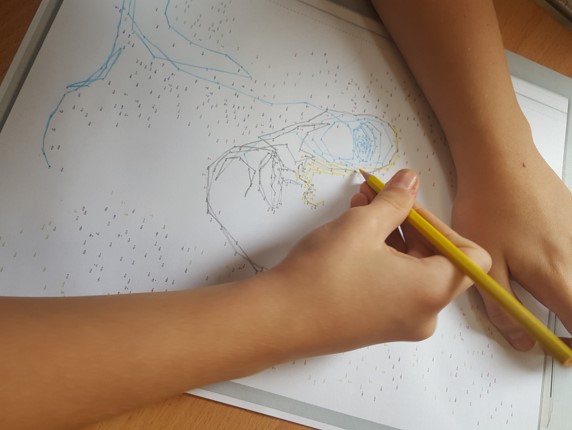
Tactility
Altered perceptions of tactility (deficit, hypersensitivity, fluctuation) are common for students with autism.
Building on tactility proved useful in many ways during lessons: helping to get involved, attracting attention, and evoking pleasant feelings appeared. At the same time, for children with autism, the touch of different substances creates a stress-free atmosphere on the one hand, and on the other hand, helps children to deepen.
Keeping in mind the tactility, we used the elements for attraction: water (ink immersion), fire (pyrography), earth (land art). Many children with autism are attracted to water, so the immersion technique caused immediate involvement. However, we also payed attention to alleviate hypersensitivity in children for whom a stimulus was too strong (too sticky, too crumbly). In this case, we used gloves to help reduce the strength of the stimulus. Thus, even children who would not have reached out to the given material were not excluded from any of the tasks.
Visualization
In describing the tasks – building on current, accepted knowledge about autism – we always present the tasks visually. This meant that we show the steps in a PPT presentation, and then we refine them by using assistive drawings during the process.
Visualization and, as a by-product, tactility are promoted when, for example, we give a piece of material to the children to touch it in order to describe the characteristics of it.
Definition of goals
We show examples and possibilities for the final implementation. Both the reliance on visualization and the demonstration of the end goal provided a framework for students with autism to move around safely.
For example: In the case of Japanese shower immersion, the children looked at works that had already been made using the shower immersion technique, on the one hand as inspiration and on the other hand because of the goal orientation.
Structure and prediction
Prediction and structure are important in autism because they provide a safe framework for students to navigate easily and have control in their own hands.
Announcing the tasks in advance at the beginning of the session, describing the techniques and showing the output, all contributed to the presence of the structures. At the same time, within and outside this framework, children are free to create. In other words, they are free to fulfill their thoughts and artistic expressions within the safety of the given framework.
Artistic freedom and talent management
It is common for children with autism to have a higher degree of visualization, to think in pictures, and to express their ideas in new ways of representation due to different cognitive ways of thinking.
It also happens that they are only loosely connected to time and order, and because of this the different time planes appear parallel in their works, with which they create very exciting, novel works. By encouraging this we have the opportunity to nurture their talent to get them to an even higher level of artistic self-expression.
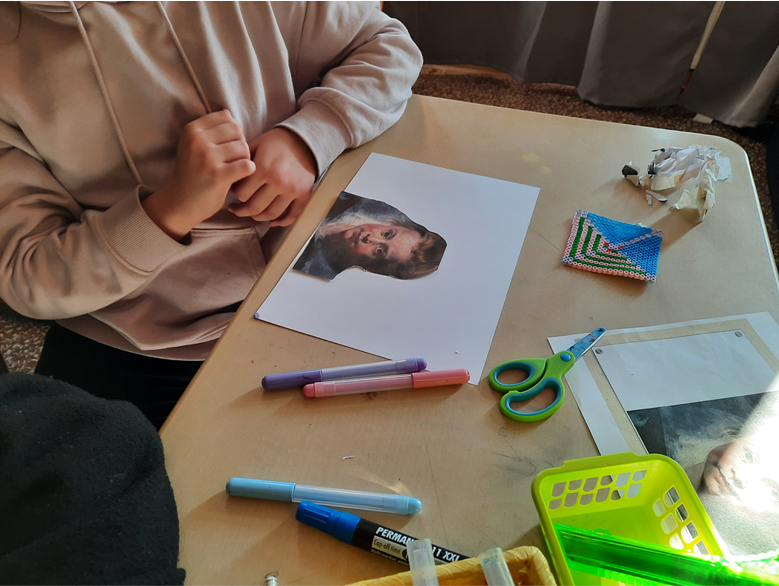
Sharing and communication
We pay special attention to get the students to walk around during the art sessions, looking at the creations of the others.
This provides an opportunity to:
-
have children with autism share their thoughts about their own creation
-
learn about others’ aspects (works of other students and their thoughts related to it)
-
strengthen the communication opportunities between the children
-
the experience of success and acceptance for the students with autism.

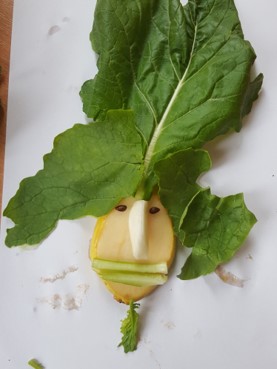
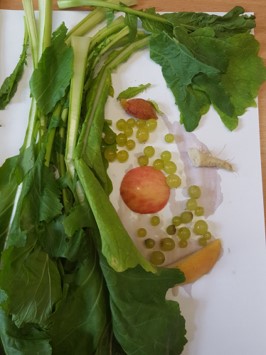

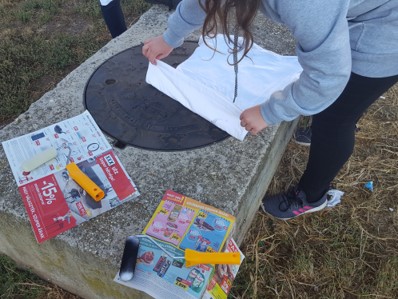
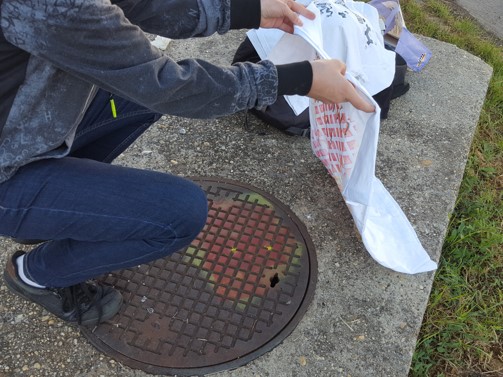
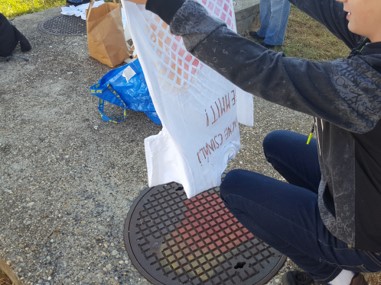
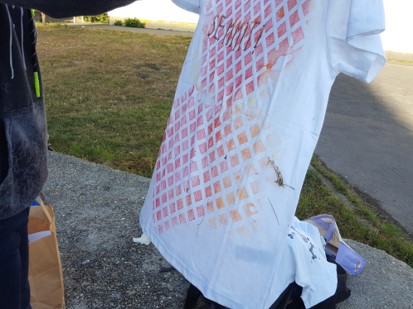
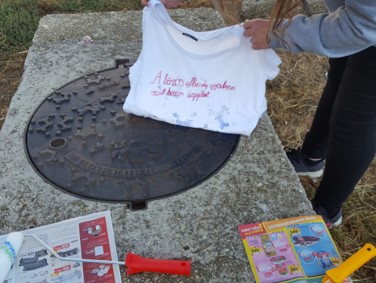

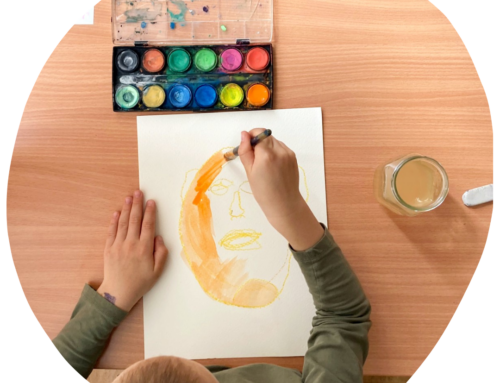
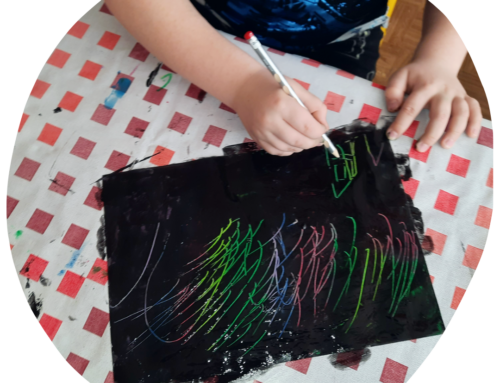
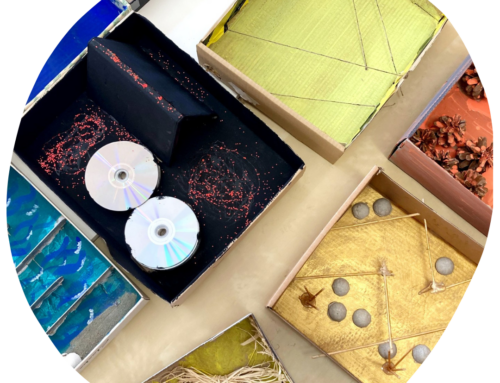


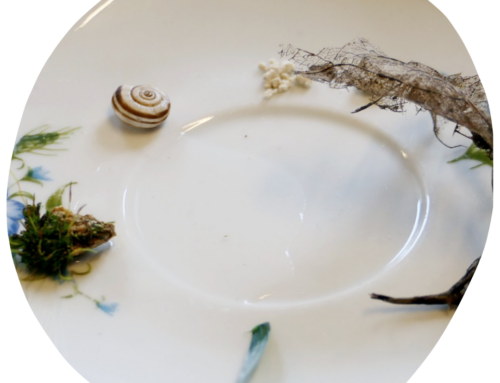
[…] Follow the recommendations of the Methodology of autism-specific integration in art classes […]